pamojasafaris@gmail.com
Upinde Road,Moshi_Tanzania
pamojasafaris@gmail.com
Upinde Road,Moshi_Tanzania
Discover the diverse range of tours and safari categories offered by Pamoja Porini Safaris. From thrilling wildlife safaris to cultural tours and luxury getaways, we provide tailored experiences to suit every traveler's dream. Explore Tanzania’s iconic destinations with expert guides, ensuring unforgettable adventures in every category we offer.
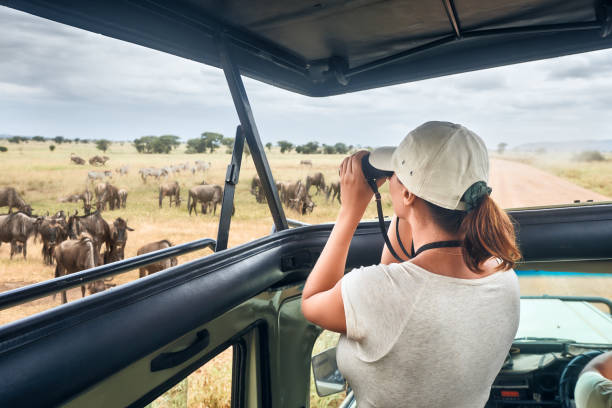
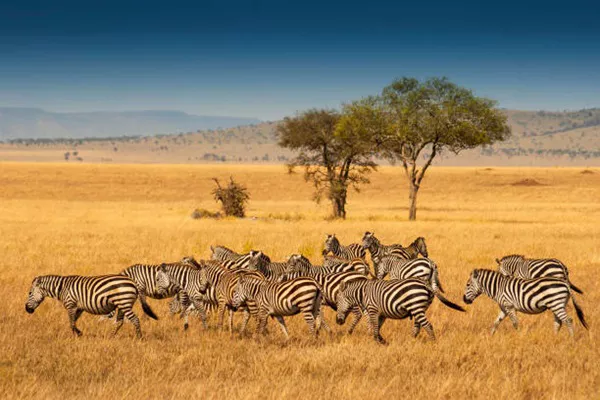
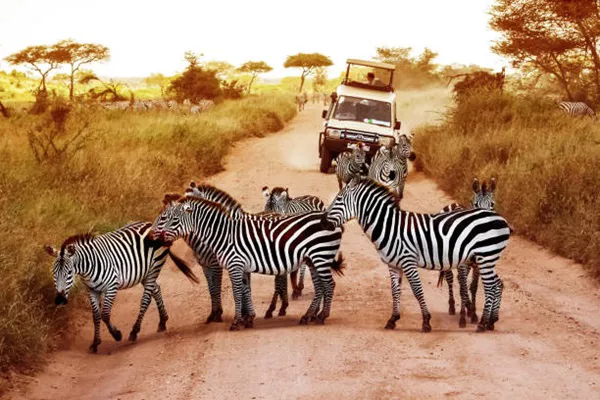
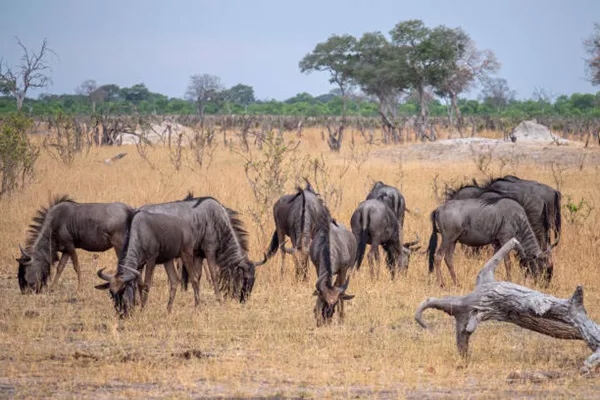
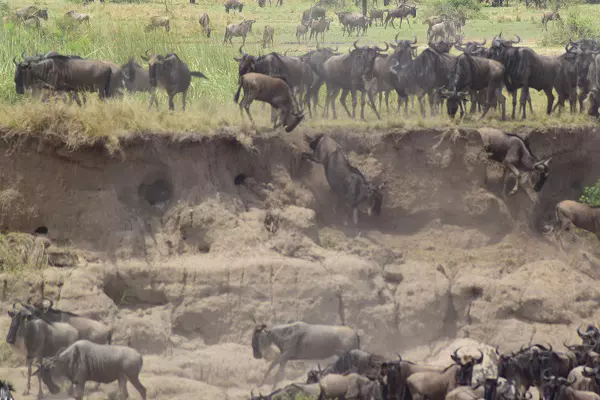
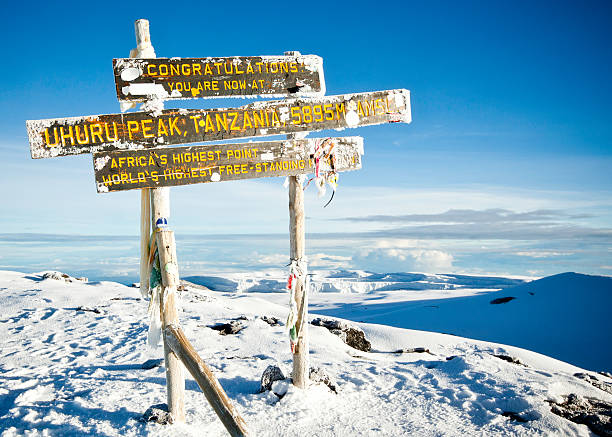
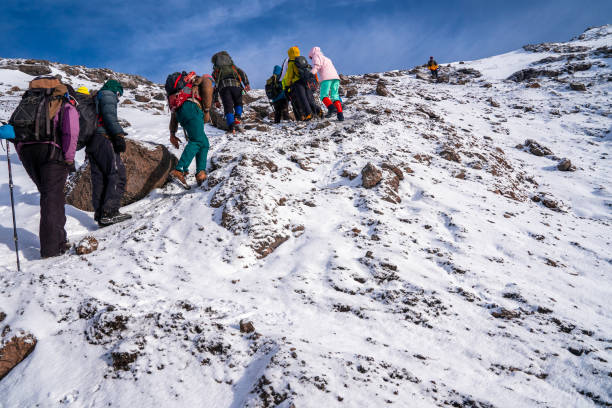
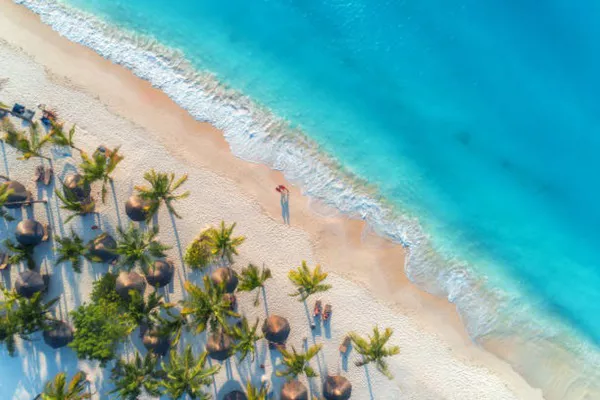
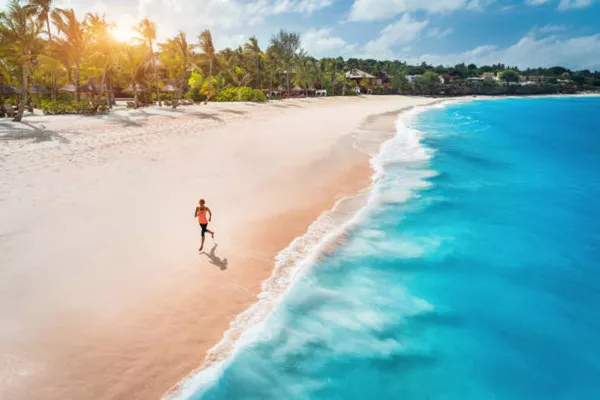
Experience one of nature's most extraordinary spectacles with Serengeti Migration Safaris, where each journey brings you closer to the heart of the wild.
Our Kilimanjaro Climbing Tours are designed to suit climbers and hikers of all skill levels, ensuring a safe and memorable ascent up Africa's highest peak.
Discover the vibrant charm of the archipelago with our Zanzibar Day Trips that offer an immersive glimpse into the island's rich in cultural heritage.
Our Kilimanjaro Group Climb Packages are designed to welcome climbers and hikers of all backgrounds, creating a supportive and motivating environment.
Discover the enchanting allure of the island with our Zanzibar Tour Packages, meticulously designed to showcase the vibrant culture, history, and beaches.
we offer the most beautiful destinations package like best greatest wildebeest migration we put our effort into learning your needs and therefore create customized holiday packages just the way you like it.
Our PAMOJA PORINI SAFARIS handle all your interest, we make it out of African safari, for Tanzania we working with the top-rated operator BURIGI CHATO SAFARIS with high experience of Migration safari, hiking tour and sharing safaris, cultural tour and bike tour with their packages with affordable price
Read MoreCopyright © 2025 Fredrick Francis M. | Email - All Rights Reserved.